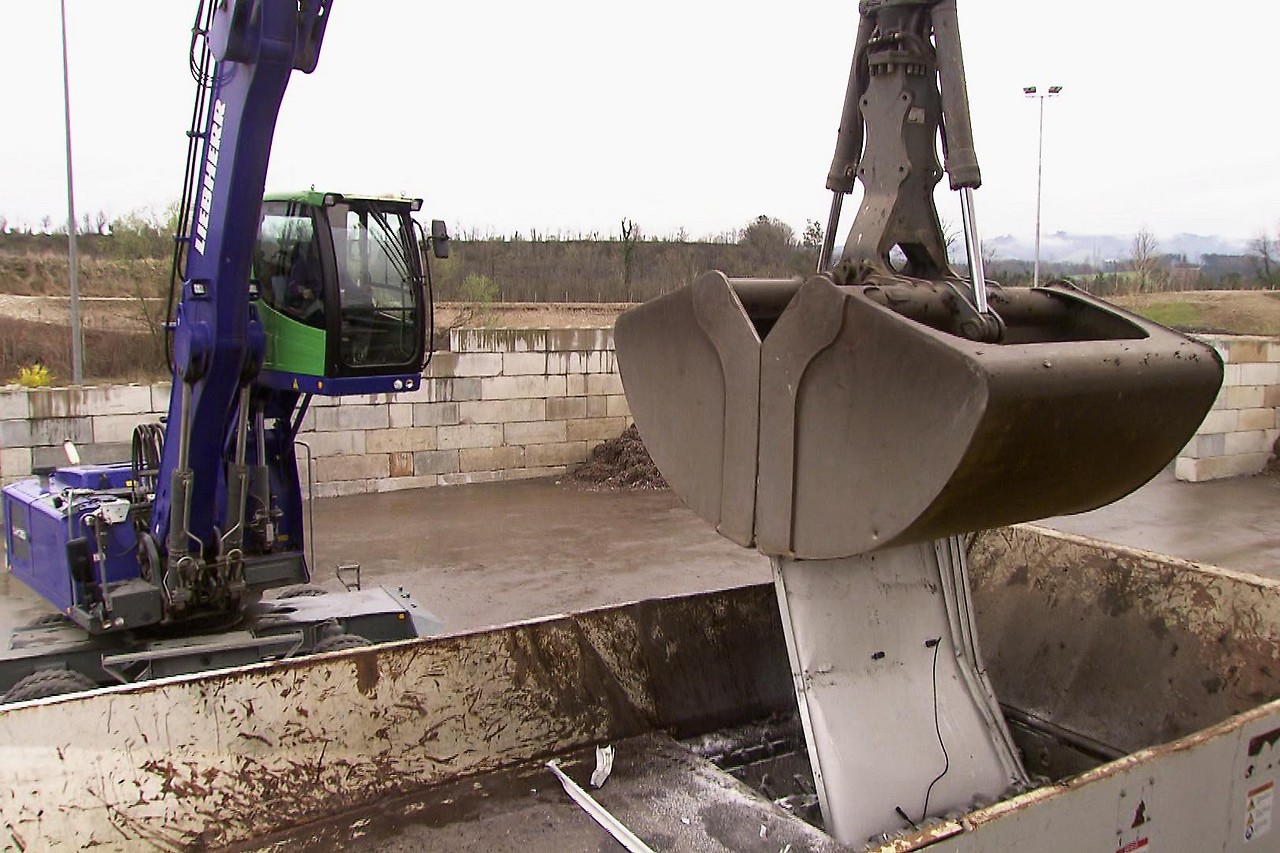The boom in photovoltaics is not evident in scrap today. Compared to the amounts of waste processed daily at Müller-Gutenbrunn in Kemten, the proportion of PV panels that end up in the huge Miura shredder is negligible. It’s been a good 50 tons in the last year and a half.
But it shouldn’t stay that way. After 20 years, the units lose their performance – hail damage is also always a factor, explains Daniel Fürstner, Innovation Director of the Müller-Gutenbrunn Group: “Quantities will increase dramatically, in the next few years we expect hundreds and later thousands of tons per year. The technology is well established On site, we just have to take care of the smallest points.”
Old plates remain electrically active
However, these subtleties present a great challenge – only during transport, because the panels must be transported in a dark way due to their constant electrical activity. The next hurdle is getting the ingredients. The first is aluminum which is again used as an industrial metal. The biggest component is glass, so we still have to find a solution for how to get it back into the materials cycle,” says Forstner. “Plus, there are wires, copper, silver-plated, some with lead, some with tin, that you have to try to get back.”

There are options for recycling, but there are two ways, explains Gunther Panowitz. He is managing director of Metran Kematen, a subsidiary of the Amstettner Müller-Guttenbrunn Group: “Either you try to get the most out of the glass, the mineral content will suffer as a result, or you focus on the metal and then the glass will be milled. Then you have less glass.” This is what we are looking for now.”
Make PV systems out again PV systems
The composition of mostly Chinese products is not known in advance. However, the most sensitive and important element is the energy-producing silicon. “More research work will be required, and we are in the process of dedicating ourselves to an EU research project, so we hope that we will soon receive positive feedback and be able to be part of this EU project. It will go in the direction of chemical recycling. The project team’s ultimate approach is to bring photovoltaic systems back to photovoltaic energy systems,” says Daniel Fürstner.
In any case, one is ready for the big volumes to come, says Günther Panowitz: “You can see it in countries like Italy, where PV started earlier than here, when the systems have reached 20 years of age, really big volumes come behind. Then you can Do it mechanically. Recycling is infinite, nature knows no waste, and we can do it.” Then one day photovoltaic recycling will become as natural as electronic waste. For comparison: 600 tons of shredded electronics are currently stored in Kematen, which amounts to a month’s worth of waste.

“Total coffee aficionado. Travel buff. Music ninja. Bacon nerd. Beeraholic.”







More Stories
Wolfsburg instead of Wörthersee: The first GTI meeting starts at Volkswagen headquarters
Pecco Bagnaia (Ducati): Testing on the new Panigale/MotoGP
From autumn onwards, U2 will be playing again at Karlsplatz.